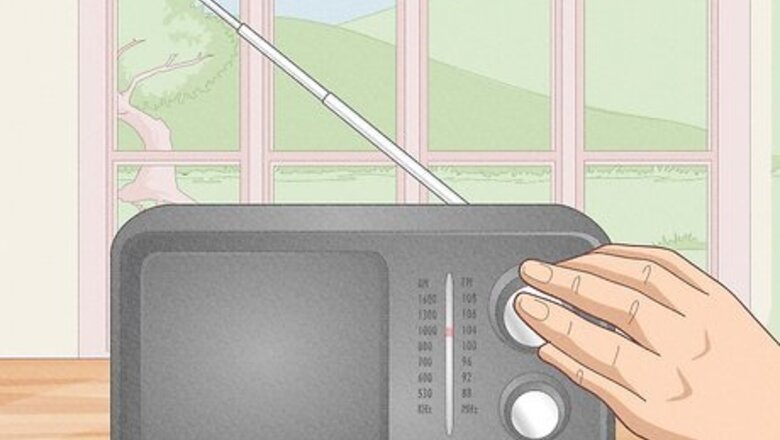
views
X
Research source
Reacting to a Sudden EMP Attack
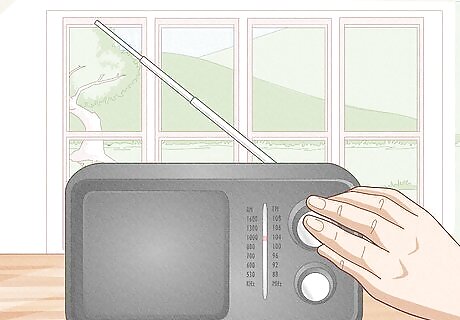
Turn your radio on immediately to get as much information as possible. Most electronics are going to stop functioning as soon as the EMP goes off. However, depending on the type of EMP, there is a good chance that radios will continue to work—at least for a short while. Turn the radio on and tune in to any news source with a decent signal. Keep it on as long as possible and pay attention while you take the next steps to ensure that you get as much information as you can. Most EMPs emit gamma rays that overload tiny circuits in modern electronics. Computers, phones, and electrical grids will likely go out, but rudimentary electronics that rely on radio waves are unlikely to be affected. Try not to panic. An EMP may be catastrophic to the electrical systems in the area, but the electromagnetic signal itself will not harm you. There is a very good chance everything will be fine. This will likely only work if you have a battery-operated radio.
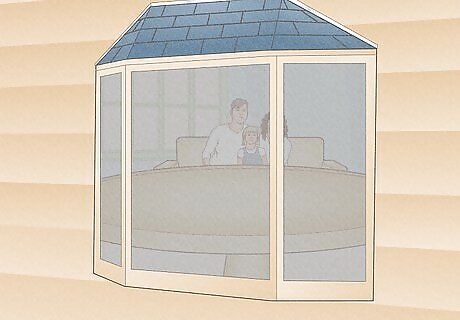
Shelter in place and wait for the initial chaos to subside. If all of the electronics suddenly stop working, the immediate loss of electricity will cause a lot of sudden confusion and chaos. If you aren’t home, wait 30-45 minutes for all of the abrupt danger to pass. Then, go home if you’re within a few miles or kilometers. If you’re already home, stay there and do not go outside. If the radio mentions a nuclear blast, stay where you are. Do not leave under any condition and get as low as you can in the building you’re in. Go to the basement, lowest level, or a room underground. The air is thinner the higher up you are and the nuclear gamma rays will impact you more easily if you’re up high. If you have a family, your first thought is likely how to find them and keep them safe. If your family has no emergency plan in place, nobody can fault you for making a break for your child’s school or your partner’s workplace. Once you have everyone, go home.

Take backroads and don’t drive if you do have to go out. If you are going out to retrieve family or you weren’t home when the EMP occurred, stay out of your vehicle if you have less than 3–4 miles (4.8–6.4 km) to travel. Walk side streets and back roads to stay out of harm’s way and avoid the chaos. Busy streets will likely be pretty disorderly in the hours following an EMP.Warning: When an EMP strikes, any electronic-powered vehicles will stop in their tracks. Other vehicles will likely continue running. This may lead to a number of crashes, and the cars that simply stop will end up causing gridlock and congestion. If you live in a city or moderately-sized town, walking will likely be faster even if your vehicle works. If you’re outside during a nuclear blast, cover your mouth and nose with a cloth or mask to avoid breathing in toxic particles. A bicycle is a great way to get around if you can’t take your vehicle out. Your vehicle may still work if it’s older or it doesn’t rely on a dedicated electrical signal outside of the battery to keep the engine going, which is the case for many vehicles. You can drive it if you absolutely have to, but it’s safer to stay off of the roads if you can.
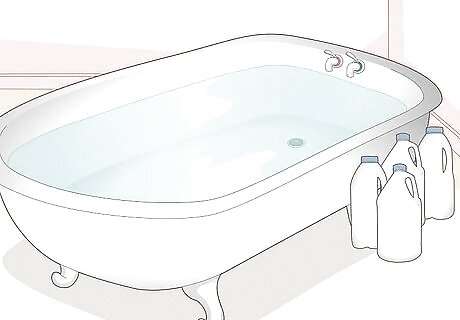
Fill your bathtub and empty bottles with water in case the pressure goes out. Many municipal water systems rely on electronics. While the water may work now, it may go out within a few hours as the pressure empties out. Put a stopper in your tub and fill it up with water to create a reserve. Then, fill every pitcher, bottle, bucket, and glass with water. This way you won’t need to worry about dehydration for at least a few weeks. Cover any open glasses or pitchers with flat objects to keep contaminants out of you water and keep the water out of direct sunlight as best as you can.

Eat anything in your fridge first to minimize food shortages. For the first 1-2 days, eat whatever is in your fridge and hasn’t gone bad immediately. Save the dry stuff for later when you may really need it. The odds are low society will completely collapse and you’ll go without help for super long, but it’s still better to go through everything that’s going to go bad anyway. Anything in your fridge will be perfectly safe for 40 minutes after the power goes out. After that, things start to go bad. Don’t eat any food that develops a slimy texture, mold, an odor, or any discoloration after 2-4 hours. If it’s cold outside and you can keep your food cool outdoors, pack everything into a cooler and set it outside.
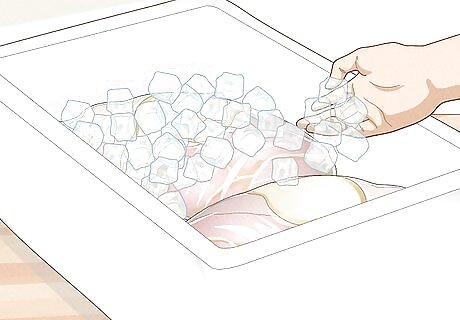
Pack your frozen goods in a cooler with ice and eat them as they thaw. Dump everything worth saving in your freezer into a large cooler. Pour in the ice from your ice trays or ice maker and set the cooler in the coldest location possible. Once everything in your fridge has gone bad, start eating things that have thawed from your freezer. Work your way from the most thawed to the least thawed. You can store frozen goods outside in a cooler packed with ice if it’s cold out. Don’t eat anything that has completely thawed and may have started to go bad, especially if it’s uncooked meat.
Prepping for an EMP Attack
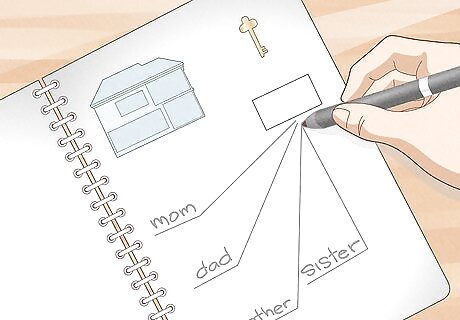
Develop an disaster plan for you and your family. Grab a notebook, pen, and sit down with your family. Select a safe location near your home for everyone to meet up in the event that something bad happens. Agree on a safe location for a hidden key, such as a rock or plant outside. Determine where you will put household pets while you wait for one another and whether the first person to arrive should seek help or not. Jot down the key elements of your plan and make a copy for everyone in your family. For example, you may have everyone meet inside a shed in your backyard, assign the first family member that shows up to lock the room with your food in it, and wait for everyone to show up before going inside together. A large part of a disaster plan involves stockpiling food, tools, and other necessities. However, assigning responsibilities, setting a meeting location, and coming up with an immediate plan involves a group discussion if you live with others.
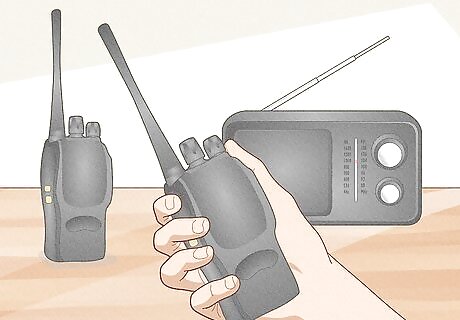
Purchase walkie-talkies and battery-operated radios to stay connected. In the event of an EMP, short range walkie-talkies and battery-operated radios are highly likely to continue working. Pick up a set of walkie-talkies for everyone in your family and get 2 battery-operated radios to stay connected with the news immediately following an emergency. Anything that plugs into a wall socket won’t work. You must use battery-operated or hand-cranked radios. Get 2 radios that are different brands in the event that the EMP fries one of them. Don’t forget to stock up on batteries for the radios and walkie talkies!
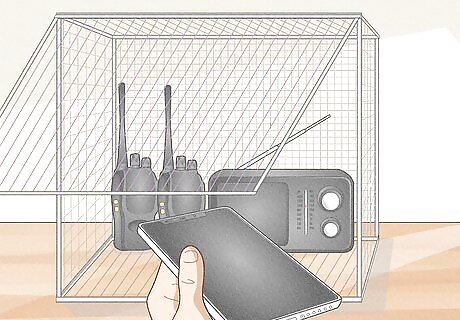
Invest in a Faraday cage to protect emergency electronics. A Faraday cage is a box that will block external gamma rays and EMP waves. It’s a perfect way to store an emergency cell phone, radio, and other electronic goods. You can either buy a Faraday cage, or make your own by lining a stainless steel trash can with aluminum foil and closing it with an airtight lid. There are Faraday bags you can buy that will protect electronics on the go. Power surges and lightning strikes can create voltage spikes and damage electronics. You can use surge arresters that prevent damage. When the arrester detects a voltage spike, it reroutes the voltage to the ground and saves the devices from being affected. If you do not have a surge arrester, unplug the devices from the wall outlet during storms.

Stock a shelter with non-perishable food and survival tools. Put a locked door on a basement, underground room, or large room with plenty of closet space. Purchase enough canned and non-perishable food to last you at least 3 months. Unlike a nuclear strike or some other catastrophic disaster, an EMP disaster is unlikely to last more than 3 months, but it’s better to be safe than sorry. Place your food in the designated shelter. An average adult needs 110 fluid ounces (3.3 L) of water a day and roughly 2,400 calories a day. Add the total amount you need for your family to last 1 day then multiply it by 90 to determine how much food and water you need. The more food you can buy, the better. Ideally, you will stock up on a year’s worth of food
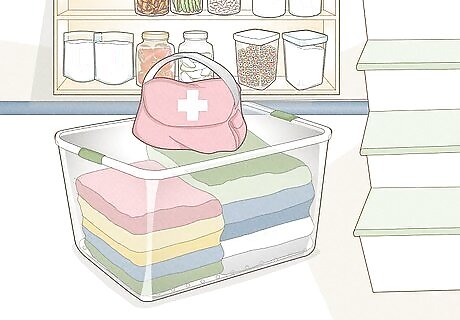
Store your other emergency gear in the shelter. Get an analog thermometer and clock. Stockpile some medicine, a hand-cranked flashlight, a manual can opener, and extra sets of clothes. You’ll also need a first aid kit, batteries, water-purifying tablets, maps, cleaning supplies, and toolbox. Don’t forget sanitary items like toilet paper, feminine supplies, and soap. If you have extra space, dedicate it to extra food and water. You can never have enough in an emergency!
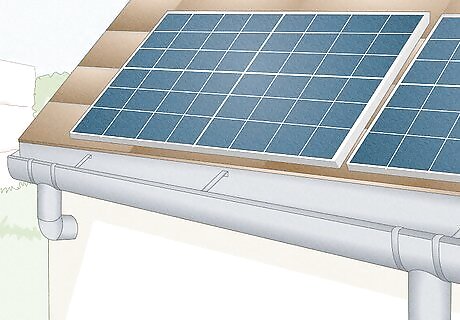
Switch over to solar power to keep the power on during an EMP. Hire a contractor to come out and install solar panels on the roof of your home. Have your entire home rewired to operate on a closed circuit. This way, if an EMP hits, you will still be able to power your home. This is an expensive cost up front (a closed solar system can run $10,000-25,000), but it’ll pay for itself in the long run and you’ll have power during a disaster.Alternative: If you can’t switch your home over to solar power, get a gas-operated generator. You’ll need to purchase gasoline or diesel fuel, but at least you’ll have some access to power during an emergency.
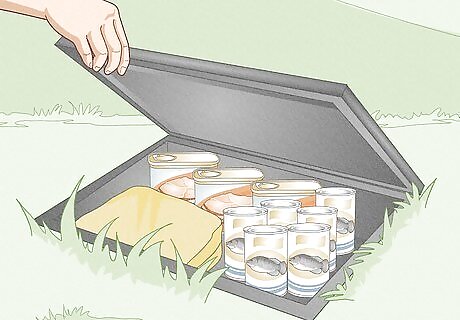
Create some stockpiles in hidden nearby locations if you can. If you aren’t home or end up having to flee your home, set up 3-5 small stockpiles in areas you’ll be able to find. Pack a 1- to 2-day supply of food, an extra flashlight, and a set of tools. Bury a bag in your yard, keep one in your vehicle’s trunk, and set another in a location you have access to but others don’t.

Get some self-defense equipment, but don’t get hasty in an emergency. It doesn’t hurt to have a weapon in an extreme situation. However, don’t automatically jump to grab a gun or bladed weapon the moment someone approaches your door or talks to you during an emergency. If you get a gun, keep it in a locked gun safe, keep it unloaded, and get the proper licenses and registration depending on your federal and local laws. You don’t have to have a gun. A baseball bat, knife, or pepper spray will also serve your purposes during an emergency. Only use your weapon if you’re actively being attacked and your life is in danger. A gun or handheld weapon is always the last resort.

















Comments
0 comment